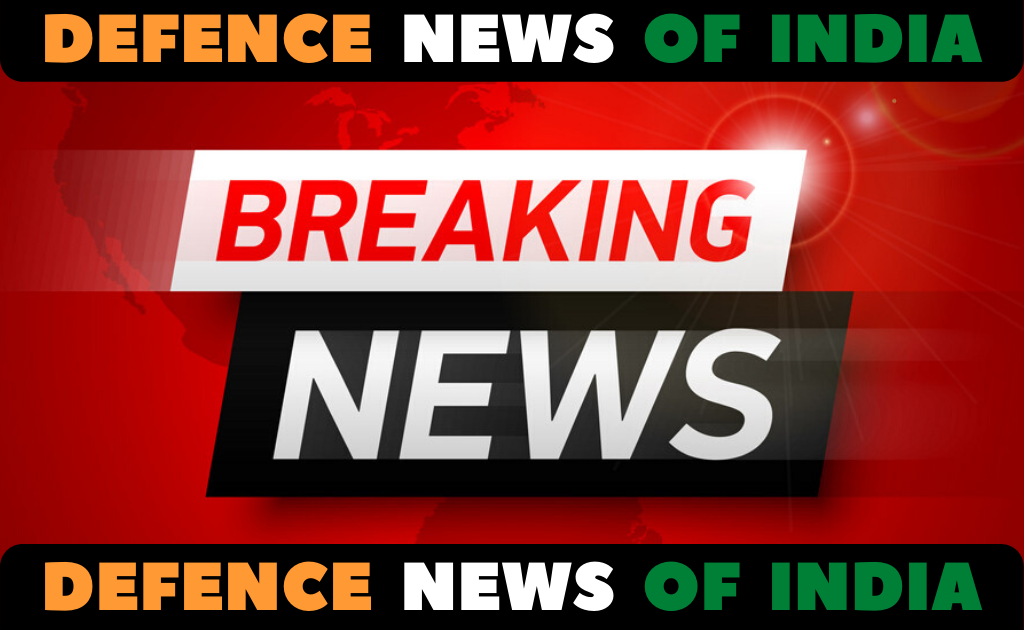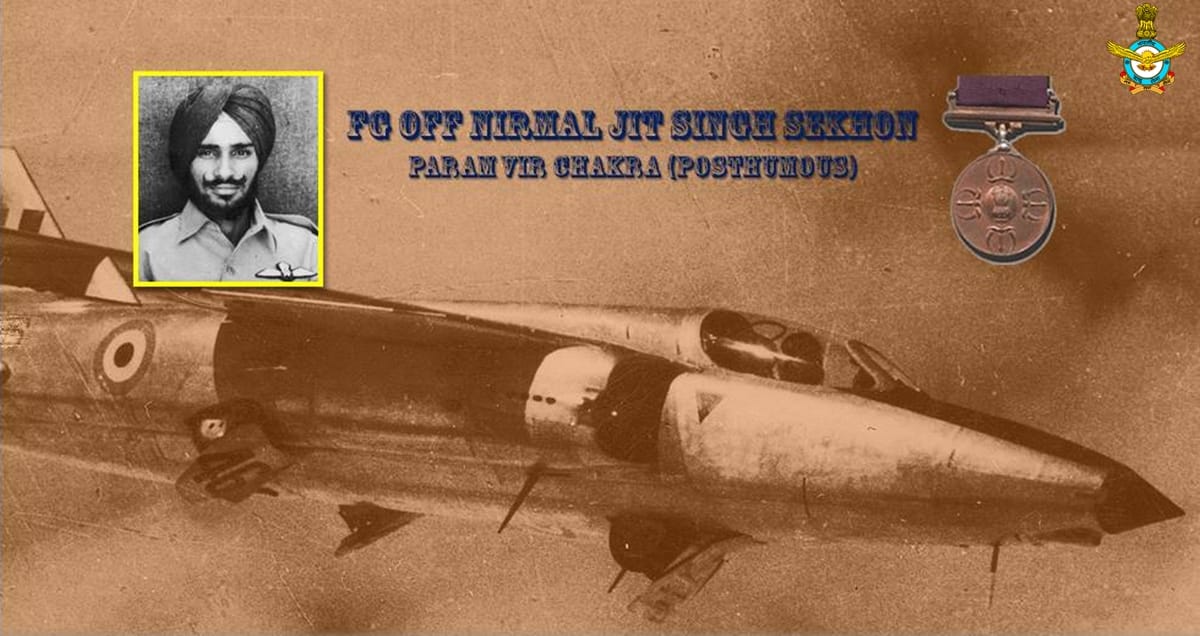ARVION MK 1A
New Member
- Joined
- Oct 24, 2020
- Messages
- 422
- Likes
- 1,701
F 18 Blk 3 is a more capable fighter than rafale. India should go for a mix though.According to a report iaf and navy considering to procure a fighter together.....
It might be Rafale or f18
Bdw f18 is more capable naval fighter (hvtiaf said)
But Rafale is better than f18 in airforce perspective....
Again Rafale has more chance as it is already present in iaf ....so it will preferred
I believe it will be 36 (iaf) + 18(navy) Rafale
And a mix fleet of Rafale and mig29 will be a wiser fleet on ins Vikramaditya and vikrant
Does anyone have knowledge about the process behind this?140th Manufactured RD-33 Series-3 Engine for the MiG-29 Handed Over to IAF – Defence News of India
SOURCE: HAL PR
HAL’s Koraput Division achieved a “milestone of successful manufacture and delivery of cumulative 140th RD-33 Series-3 Engine for the IAF”.HAL’s 140th Manufactured RD-33 Series-3 engine for the MiG-29 In recognition of this achievement, “Completion Certificate” was handed over by MJ Vinod Kumar ADG, AQA (Koraput) to Asutosh Mallick, GM (Engine Division)
HAL manufactures RD-33MK that provides a higher thrust than the basic model (RD-33) while featuring all its advantages such as unrestricted flight control and high stability against ambient disturbances. A jet fighter equipped with this engine can safely take off the aircraft carrier deck and efficiently perform combat tasks in a hot climate. The engine contains systems that reduce its infrared and optical visibility.
In 2006, HAL sealed a deal worth $275 million with Russia to acquire and licence produce Klimov RD-33 turbofan engines as part of a refurbishment programme for its air force fleet of MiG-29 fighters

Defence News Of India
Legitimate source of latest Defence News & Defence Jobs of India.defencenewsofindia.com
Idk....sextapes of influential officers in MoD, HAL, and services I guess.Does anyone have knowledge about the process behind this?
Like what special secret sauce parts does Russia export to us with which we make these engines?
Or is it just simple assembly?
Because I remember hearing that this same factory has made Su30MKI engines "machined from ceramic blocks" I guess those were just the turbine blades but still.
Just curious how does Russkie hold us by the balls in terms of these engines.
If these turns out to be fake, hell fire would have hell to pay.So @helifire says 100 of f18
60 (bought) 40(leased)
64 for iaf 36 for navy.......
Bdw if India goes for f18 due to budgetary constraints. .........then India will loose the money invested in India specific enhancements with Rafale
A new entrant to IAF’s plane zoo.So @helifire says 100 of f18
60 (bought) 40(leased)
64 for iaf 36 for navy.......
Bdw if India goes for f18 due to budgetary constraints. .........then India will loose the money invested in India specific enhancements with Rafale
Man Hunter and Gnats have a lot of rich heritage with the Indian Air Force. Atleast one of it should be restored into flying condition and made part of IAF's Vintage Fleet.On 14 Dec, Srinagar airfield was attacked by six Sabres. Fg Offr Nirmal Jit Singh Sekhon of No.18 Sqn who was on the runway, took off in his Gnat to engage enemy fighters. He shot down one Sabre & set another on fire before he made the supreme sacrifice.

The squadron was re raised last year and is the second Tejas squadron after Winged Daggers with FOC series acs.
Grp Capt Tolani is the Squadron CO. Manish Tolani is a thoroughbred air supremacy guy. He's a Fulcrum pilot ... 28 First Supersonics...
View attachment 70411
It took 19 yrs ! Gawd ! This is what happens if you let sarkari quota chap babus handle defence. If we had privatized all defencw in 90s itself we would be self reliant by now and have had our own MIC.Project Astra was initiated in 2001
